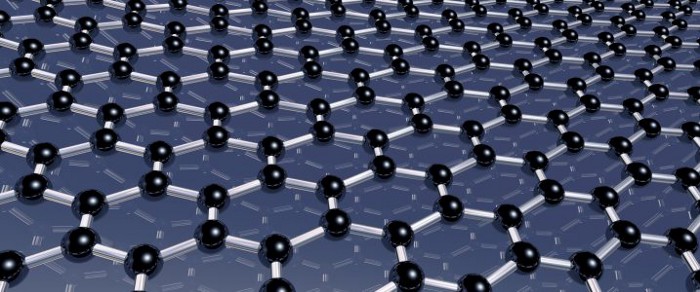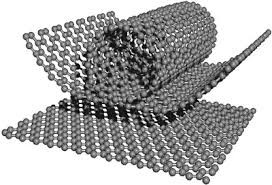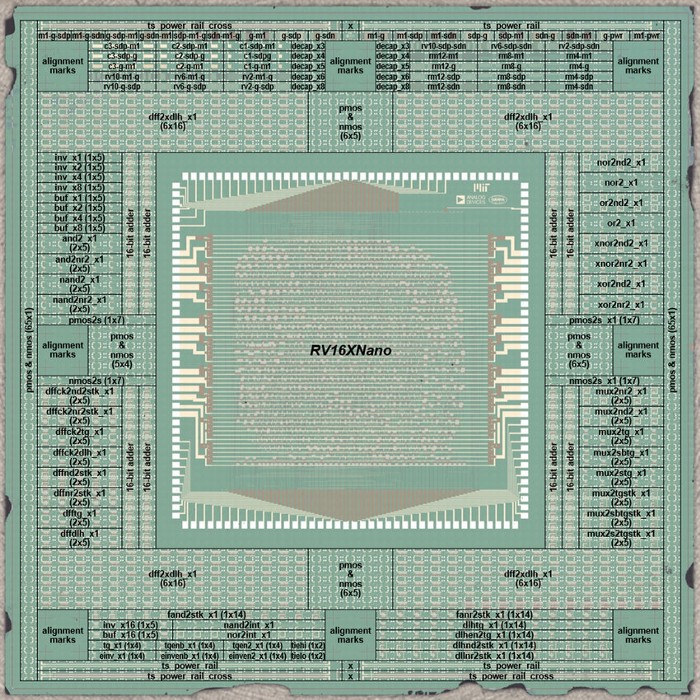

A 2D monoatomic layer of graphite also known as Graphene.
CARBON NANOTUBES FROM GRAPHENE
If graphene is a sheet of carbon just an atom thick, carbon nanotubes are sort of a rolled up version of graphene. They are lightweight and strong as steel and most effectively they had got all the properties of graphene primarily. But most relevant to material scientists, they’re a near perfect semi-conductor. Infact the neuromorphic computing which we are talking about , has all its neurons implemented by carbon nanotube at the hardware level.


How nanotubes are rolled and made from graphene
Here is a short review to one of the finest and advanced chip made from any emerging nanotechnology ,the RISC-V-RV16XNano .
RISC-V-RV16XNano
A group of Engineers from MIT, Analog Department built this chip ,which is the largest ever known chip manufactured using CNTs.
It has a sole potential to replace 100s of classical computers with its computational speed over 1700ZetaFlops.
More than 10,000,000 CNTs were used to form 14,702 CMOS carbon-nanotube field-effect transistors (CNTFETs),which were further arranged in 3,762 digital logic blocks, that together operated as a 16-bit microcontroller-grade CPU — specifically, an RV16XNano having a standard operational voltage of 1.8V.
Though ,its implementation level is far away from a modern CPU but it executed a program that whipped out a message: “Hello, world! I am RV16XNano, made from CNTs”.


Microscopy image of a fully fabricated RV16XNano
This nano chip ,manufactured in 2013 just opened the doors of high speed computing with accurate results .Maybe in the next 20 to 30 years you can imagine playing IGI2 in a supercomputer at your home :).
But like every technological material ,there is a term called “pros and cones” and CNTs also had that .
What’s wrong with carbon nanotubes?
After the discovery of carbon nanotubes in 2004, people began to recognize their potential as “molecular” wires, something which seems extremely cool. However, their attractive attributes come with a number of caveats. They are prone to aggregating into bundles that kill the transistor performance, synthesizing nanotubes with specific chiralities remains impractical for IC purposes, and controlling the transistor type to produce the transistors with the complementary n- and p-type polarities central to CMOS technology is similarly problematic. The researchers identified a series of solutions to these issues: RINSE (removal of incubated nanotubes through selective exfoliation), MIXED (metal interface engineering crossed with electrostatic doping) and DREAM (designing resiliency against metallic CNTs).
Anyways, some of the problems still remains unsolved and researches are going on . But at the abstract harware level ,we can conclude that Graphene Processors are the quintessence of computing and has no known limitations unlike Silicons until the next Gordon Moore comes up with a law :3

